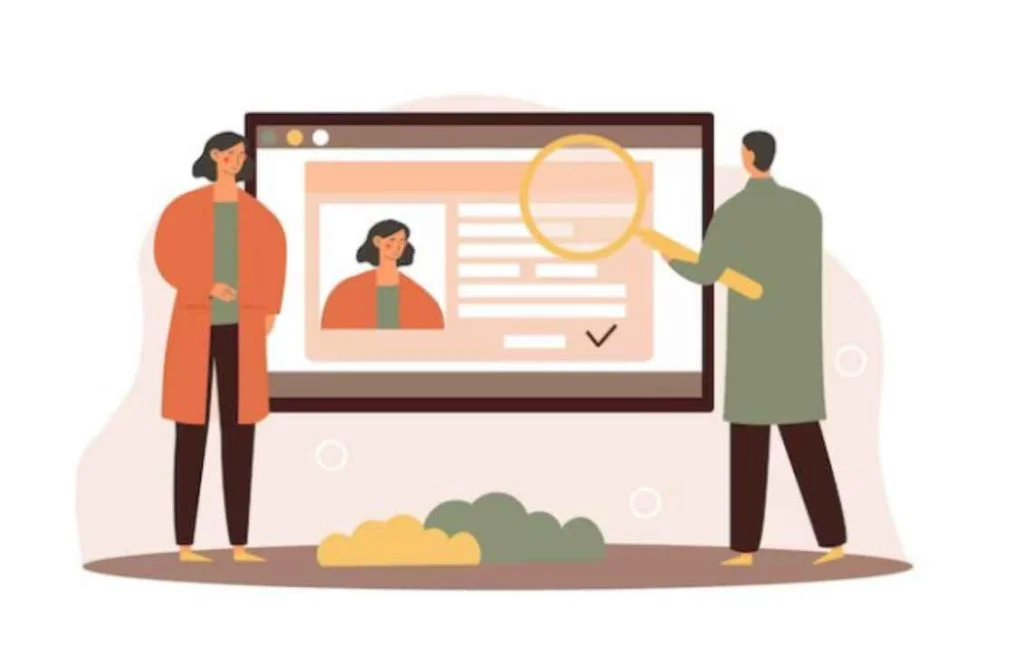“Within the character of the citizen, lies the welfare of the nation.” – Marcus Tullius Cicero
“Education in the understanding of citizenship is a short-term affair if we are honest and earnest.” – Mahatma Gandhi

Since the last decade, access and use of digital technologies has increased significantly. This has triggered human curiosity towards technology and the Internet.
The increased use of the Internet, information communication technologies, cloud technologies, and development of mobile devices has allowed humans to integrate the digital world into their daily lives.
During the COVID-19 pandemic, all around the world the use of digital technologies for shopping, communication, and education became compulsory – “a new normal with digital media”.
An impactful digital competence-based curriculum and assessment should enable individuals to participate in the development of their networked society, within and beyond the digital age
Since the pandemic, technology has increased a network society whose members are called digital citizens Digital Citizenship is the adoption of appropriate attitudes and behaviors of individuals while using technology by assuming responsibility for their actions.
Digital citizenship comprises 9 dimensions: Digital Access, Digital Trade, Digital Communication, Digital Literacy, Digital Ethics, Digital Law, Digital Rights and Responsibilities, Digital Health, and Digital Security. A good CBC education should promote Digital Citizenship Education in every level of education.
The Digital Citizenship Education curriculum has the following topics: Internet safety, privacy and security, relationships and communication, cyberbullying, digital footprints, reputation, self-image and identity, information literacy, and creative credit and copyright, in line with the 9 dimensions.
The benefits of digital citizenship curriculum is:
When we integrate technology into our teaching and learning environments to provide skills and competences for maneuvering in the nine digital citizenship dimensions, we help make the boundary between the everyday life of users and their activities on the Internet more transparent
Here are some examples of ways that a good CBC education can support digital citizenship in our teachers’ practices and students’ learning outcomes and performance:
Digital citizenship curriculum makes our youth think, design, and act on good problem-solving projects, increasing their active learning.
Some of Digital peacekeeping applications that can be shared to students include: Kenya-based Sisi ni Amani Kenya (SNA-K) that uses mobile phone-based technologies to facilitate rapid SMS (text message) communication to promote peace, and the Ushahidi platform now performs a variety of other peacebuilding tasks that involve crowdsourcing information and providing visual maps to help communities, NGOs and governments respond to needs or issues.
Such help teachers and students to understand the relevance of digital citizenship education while meeting their learning objectives with future-ready graduate competences.
The increased use of the Internet, information communication technologies, cloud technologies, and development of mobile devices has allowed humans to integrate the digital world into their daily lives.
During the COVID-19 pandemic, all around the world the use of digital technologies for shopping, communication, and education became compulsory – “a new normal with digital media”.
An impactful digital competence-based curriculum and assessment should enable individuals to participate in the development of their networked society, within and beyond the digital age
Since the pandemic, technology has increased a network society whose members are called digital citizens Digital Citizenship is the adoption of appropriate attitudes and behaviors of individuals while using technology by assuming responsibility for their actions.
Digital citizenship comprises 9 dimensions: Digital Access, Digital Trade, Digital Communication, Digital Literacy, Digital Ethics, Digital Law, Digital Rights and Responsibilities, Digital Health, and Digital Security. A good CBC education should promote Digital Citizenship Education in every level of education.
The Digital Citizenship Education curriculum has the following topics: Internet safety, privacy and security, relationships and communication, cyberbullying, digital footprints, reputation, self-image and identity, information literacy, and creative credit and copyright, in line with the 9 dimensions.
The benefits of digital citizenship curriculum is:
- To help students build skills and experiences with many different aspects of civic engagement:
- To share talents and knowledge with others online,
- To help peers research school or social problems, to improve their community through online outreach and organization, and
- To address national and international social problems through online connections.
When we integrate technology into our teaching and learning environments to provide skills and competences for maneuvering in the nine digital citizenship dimensions, we help make the boundary between the everyday life of users and their activities on the Internet more transparent
Here are some examples of ways that a good CBC education can support digital citizenship in our teachers’ practices and students’ learning outcomes and performance:
- To engage digital users in and with safe, ethical, and responsible online behaviors
- To build users capabilities to access the Internet, evaluate information, communicate, cooperate and/or collaborate with others using the Internet
- To promote the use Internet for better participation and engagement in the political, economic, social, and cultural based activities, whether local, societal or national
- To actively join to express their opinions effectively, comment, form groups and who participate in discussions about peacekeeping and social justice
- To provide access to mobile devices and other digital equipment to all individuals in all areas of the society
- To provide protection against cybercrimes and guidelines on ethical values to be observed in digital environments
- To guide users on digital protection like not sharing private information on the digital environment, not dealing with unfamiliar people, using antivirus programs, and using passwords and changing them regularly
- To teach users the rules about secure browsing in the online environment
- To follow digital laws related to plagiarism rules, especially when downloading videos, films, music, games, written content
- To encourage development of digital literacy level among teachers and students so that all have meaningful and up-to-date knowledge and competences for their generation.
- To promote time saving by using online trade applications to make purchases and payments
Digital citizenship curriculum makes our youth think, design, and act on good problem-solving projects, increasing their active learning.
Some of Digital peacekeeping applications that can be shared to students include: Kenya-based Sisi ni Amani Kenya (SNA-K) that uses mobile phone-based technologies to facilitate rapid SMS (text message) communication to promote peace, and the Ushahidi platform now performs a variety of other peacebuilding tasks that involve crowdsourcing information and providing visual maps to help communities, NGOs and governments respond to needs or issues.
Such help teachers and students to understand the relevance of digital citizenship education while meeting their learning objectives with future-ready graduate competences.
Share Article
LinkedIn
Facebook
